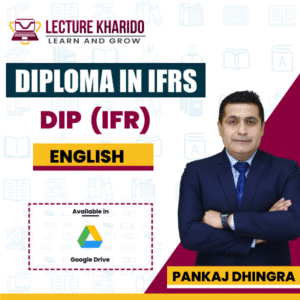Why CM2 from The Academic Junction??
Experienced corporate faculties with 13-14 exams cleared to make you understand the application of knowledge contained in the subject.
Classes available in all 3 modes- Classroom, Live Online and Videos.
Multiple small batches to focus on personal interaction and development.
Regular Assessments and feedback sharing to discuss your improvement areas.
Detailed Study plan, Chapter Wise Important Topics Detailed description- main highlights.
Exclusive writing and discussion sessions oriented to case studies and past papers discussion.
Regular doubt classes to help you learn technical skills and clear your conceptual knowledge.
Regular contacts with companies and start-ups so as to share your resume and prepare you accordingly for interviews.
In Depth training of excel to prepare for online exam.
CM2 (Loss Reserving and Financial Engineering) Course Content by Institute and Faculty of Actuaries, UK
Loss Reserving and Financial Engineering (CM2) provides a grounding in the principles of actuarial modelling, focusing on stochastic asset-liability models and the valuation of financial derivatives. It equips the student with a knowledge of the theories of behaviour of financial markets, measures of risk, determining reserves for a non-life insurer and price options. The subject includes theory and application of the ideas to real data sets using excel.
Exam format:
CM2A is 3 hours and 15 minutes exam, CM2B is 1 hour and 45 minute excel
based exam.
Scientific Calculator is allowed in exam. However, you can use only one of the models from the list below. This can also be used for future exams.
1. Casio FX82 (ES/MS) (with or without any suffix)
2. Casio FX83 (ES/MS) (with or without any suffix)
3. Casio FX85 (ES/MS) (with or without any suffix)
4. Sharp EL531 (with or without any prefix or suffix)
5. Texas Instruments BA II Plus (with or without any suffix)
6. Texas Instruments TI-30 (with or without any suffix)
7. Hewlett Packard HP12c (with or without any suffix)
CM2 SYLLABUS by IFOA
1 Theories of financial market behaviour (15%)
2 Measures of investment risk (15%)
3 Stochastic investment return models (10%)
4 Asset valuations (20%)
5 Liability valuations (20%)
6 Option theory (20%)
In the CM subjects, the approximate split of assessment across the three skill
types is 20% Knowledge, 65% Application and 15% Higher Order skills.











